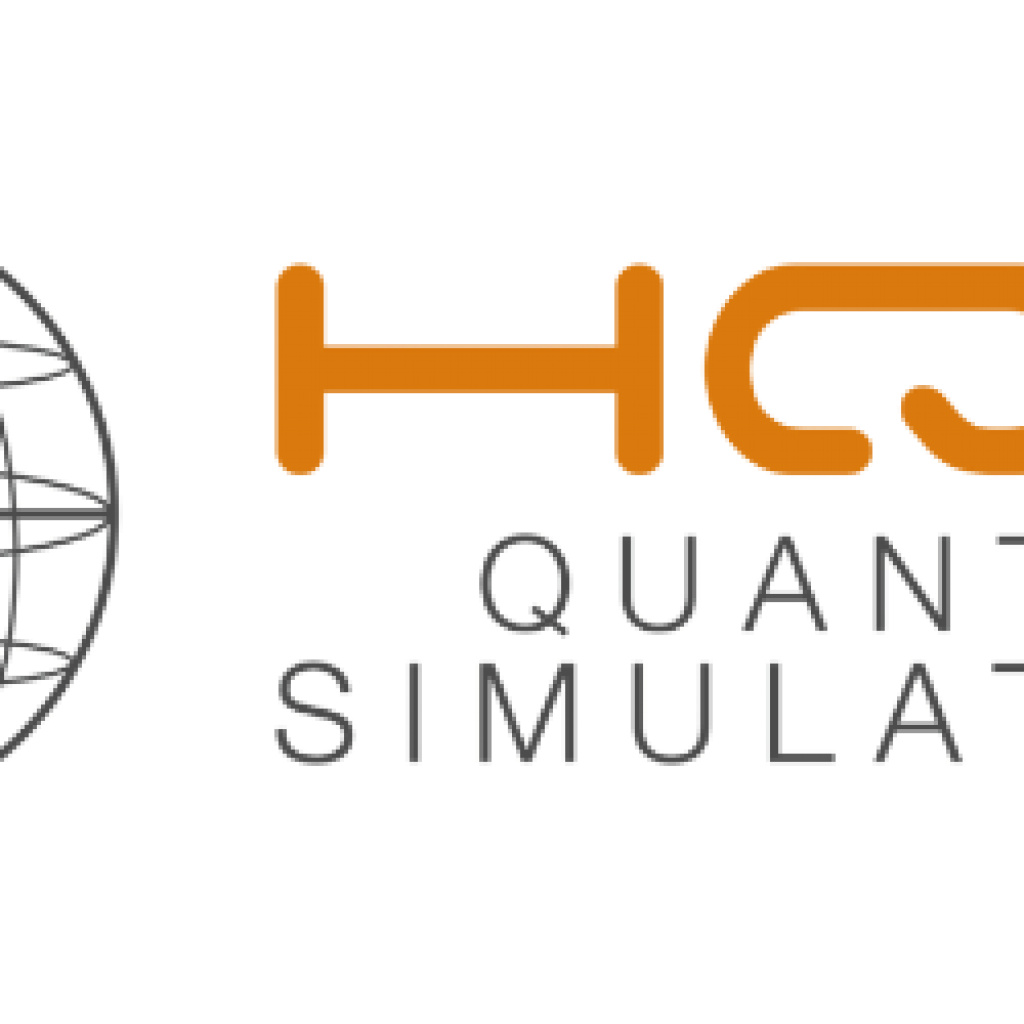(ScientificComputing) Quantum Simulations, a European start-up specialising in complex quantum simulations, has concluded its series-A financing round and secured more than 12 million euros together with new research funding.
As a new investor, the quantum VC fund Quantonation is leading the financing round while already invested VC funds UVC Partners, btov Industrial Technologies, and HTGF is underlining their commitment to new investment.
For some years now, the market for quantum technology has seen rapid growth, posting record highs last year. In Germany, HQS Quantum Simulations has been driving forward the key technology as part of the Q-Exa consortium. The aim of this interdisciplinary project is to install in the Leibniz Supercomputing Centre the first quantum computer manufactured in Germany, by the end of this year. Like most supercomputing centres, the High Performance Computing Centre at the Bavarian Academy of Sciences and Humanities uses significant parts of its computing power to solve problems relating to quantum mechanics, while sourcing the necessary software from HQS Quantum Simulations.
Michael Marthaler, CEO at HQS Quantum Simulations said: ‘‘The new financing round provides us with the resources we need to continue growing our team, strengthen our base, and find even more efficient ways of meeting the demands of our customers. Our investors’ reaffirmed confidence in us and the fact that Quantonation, the most renowned VC fund in the industry, is now on board, shows that we’re on the right path.’
Thanks to the capital obtained from the new financing round, HQS Quantum Simulations will seek to further strengthen its position as the leading European software provider in the field of quantum simulation. The start-up, created by four quantum physicists, has been developing efficient quantum algorithms for material, chemical and pharmaceutical research since 2017. This new financing round will enable HQS Quantum Simulations to continue the development of its Quantum Assisted Design cloud platform, and to expand the Active Space Finder open-source library.
HQS Quantum Simulations brings in 12 million euros in series A funding
